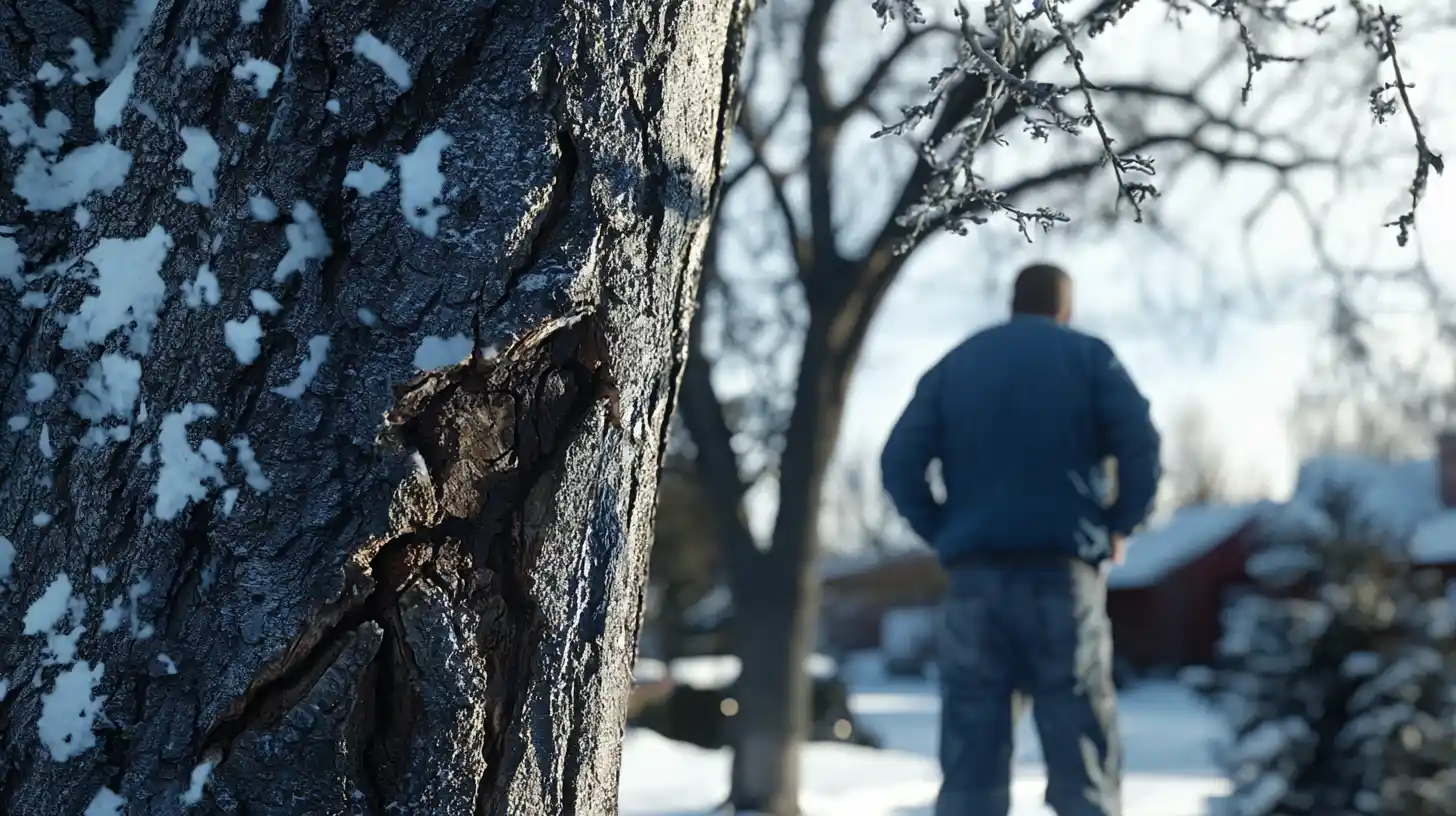Oak Wilt Disease: A Threat to Oak Trees
Oak Wilt disease is a devastating fungal infection that poses a significant threat to oak trees. Caused by the fungus Ceratocystis fagacearum, this disease can lead to the rapid decline and death of affected oak trees. This article explores the key aspects of Oak Wilt disease and its impact on oak tree populations.
Causes and Transmission:
Oak Wilt is primarily spread through fungal spores that are transported by beetles or through interconnected root systems of infected and healthy trees. Once an oak tree becomes infected, the fungus invades its water-conducting vessels, leading to the disruption of water and nutrient flow within the tree.
Symptoms and Effects:
The symptoms of Oak Wilt vary depending on the oak tree species and the stage of infection. Initial signs may include wilting and bronzing of leaves, starting from the top of the tree and progressing downward. As the disease advances, affected leaves may drop prematurely, and the tree’s crown may thin out. In later stages, the tree may exhibit extensive canopy dieback, ultimately resulting in the death of the oak tree.
Impact on Dogwood Trees and Ecosystems:
Management and Prevention:
Managing Oak Wilt disease involves a combination of preventive measures and treatment strategies. Practices such as avoiding pruning or injuring oaks during the high-risk period, promptly removing and properly disposing of infected trees, and creating buffer zones can help limit the disease’s spread. Fungicide injections may be used as a targeted treatment for high-value trees.
Oak Wilt disease poses a significant threat to oak tree populations, impacting their health, aesthetics, and ecological functions. Timely detection, proper management, and public awareness are crucial in minimizing the spread of this destructive disease. By preserving and protecting oak trees, we can ensure the continued beauty and ecological integrity of our forests for future generations.



